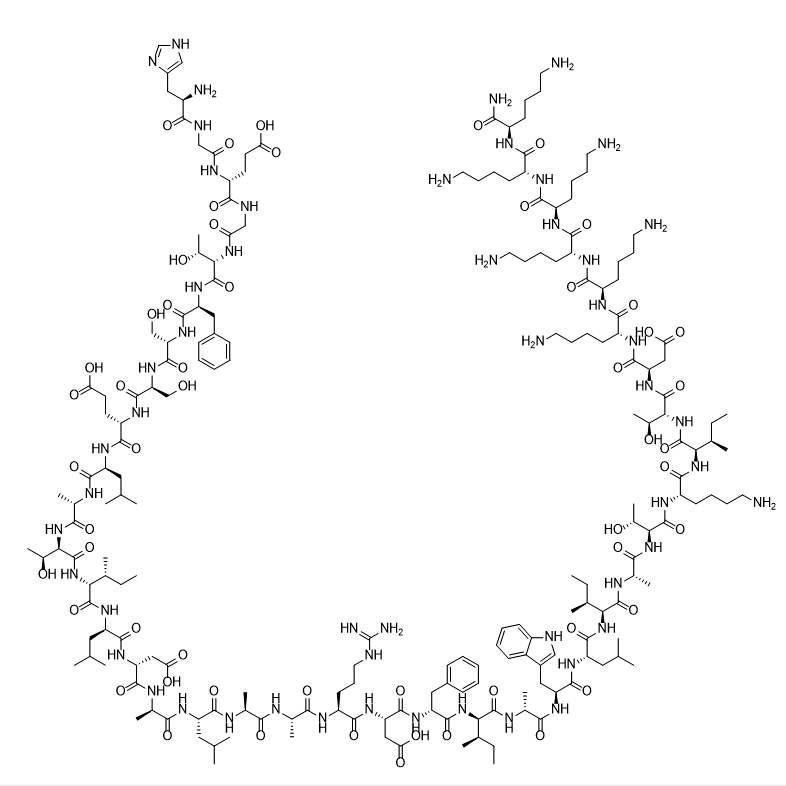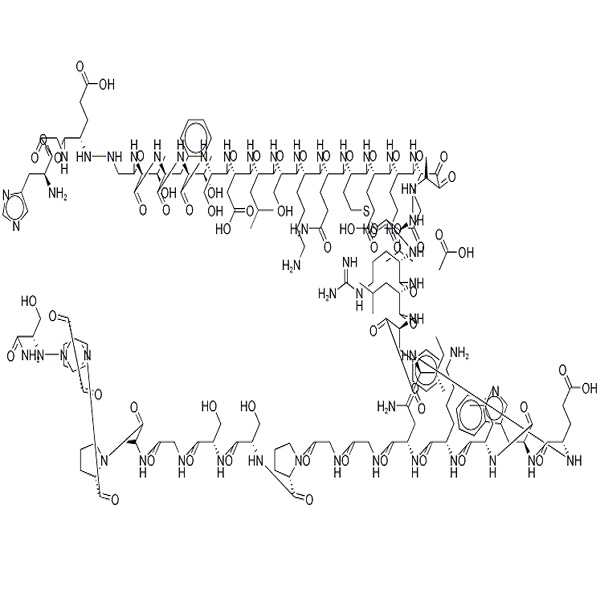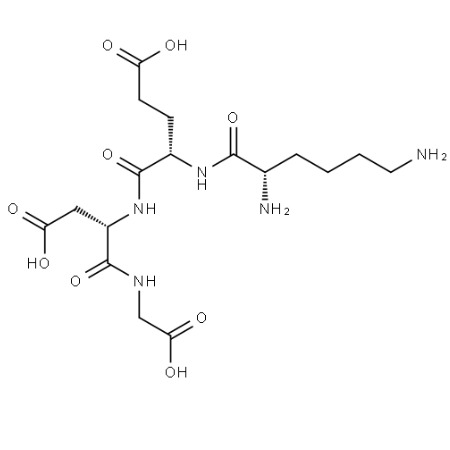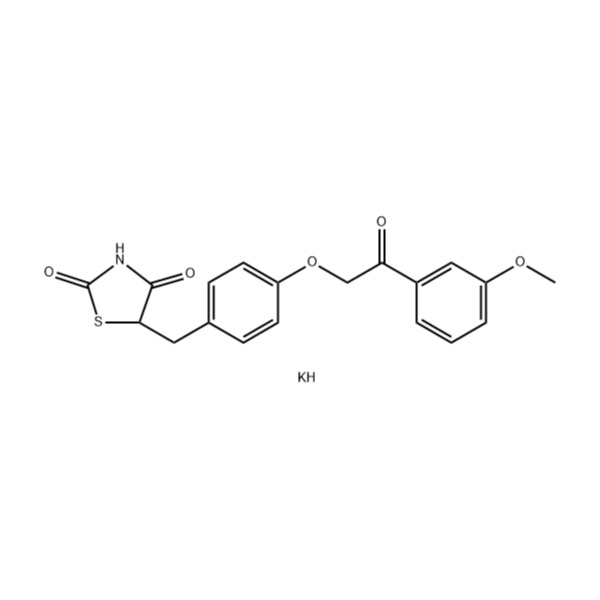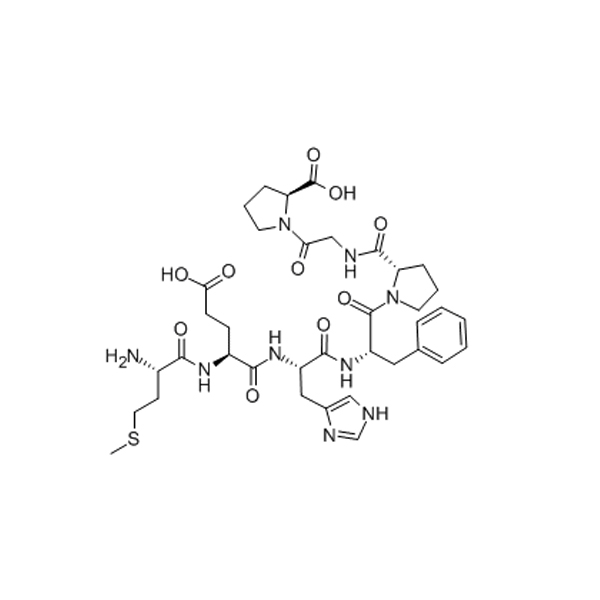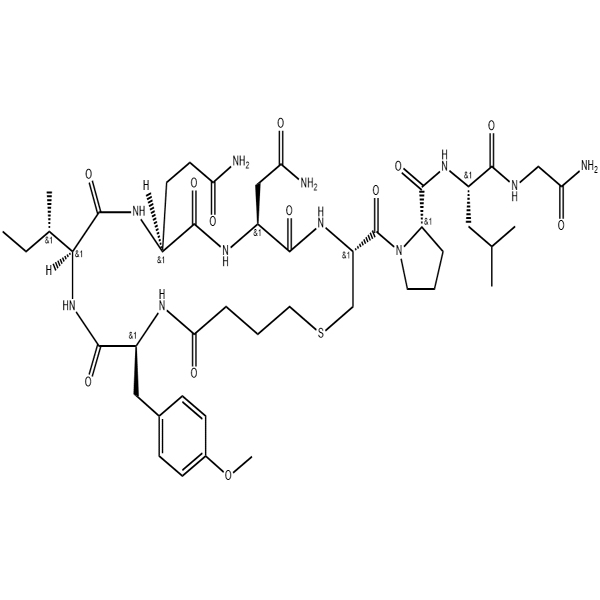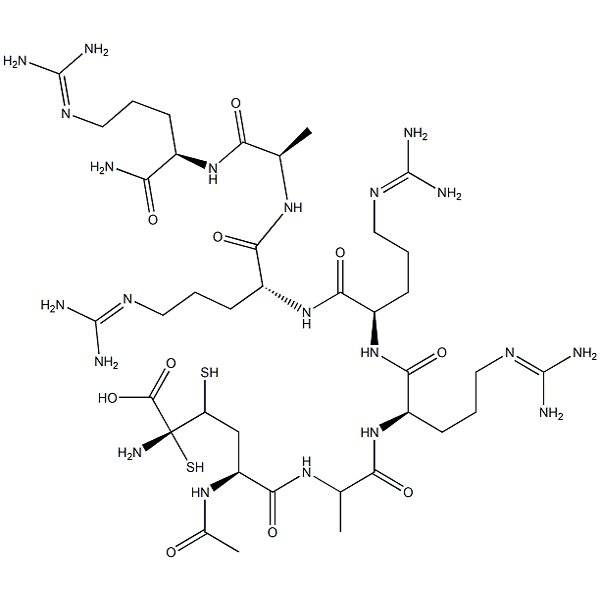Glepaglutide supplier/914009-86-2/Peptide modification
Description
Glepaglutide is an effective GLP-2R agonist. It is a peptide similar to human glucagon-like peptide-1 (GLP-1), with a relatively similar sequence structure. In clinical performance, it shows good potential for the treatment of short bowel syndrome.
Specifications
Apperance: White to off-white powder
Purity(HPLC): ≥98.0%
Single Impurity: ≤2.0%
Acetate Content(HPLC): 5.0%~12.0%
Water Content (Karl Fischer): ≤10.0%
Peptide Content: ≥80.0%
Packing and Shipping: Low temperature, vacuum packing, accurate to mg as required.
FAQ:
What are the applications of peptide libraries?
Peptide libraries are an efficient tool for many studies, including GPCR ligand screening, protein-protein interaction studies, functional proteomics, nucleotide binding, screening of enzymatically acting substrates and inhibitors, antigen and epitope screening, signaling molecule search, and other important processes of drug screening.
Why should peptides be modified by N-terminal acetylation and C-terminal amidation?
Such modifications can give peptide sequences properties that are native to proteins.
How do I store peptides?
Usually the peptide product you receive is lyophilized powder packaging, please store the peptide in a dry, dark -20°C freezer immediately after receiving the sample to maintain the peptide stability as much as possible. Before use, place the polypeptide packaging tube from the freezer to a dry condition at room temperature, and allow the temperature to naturally warm to room temperature before opening the cap. Otherwise, water vapor in the air will enter the sample tube when the lid is opened, reducing peptide stability. Once opened, it should be weighed quickly and immediately sealed to avoid deliquescent, and hydrophilic peptides should be more careful to avoid repeated freezing and thawing. Outside temperature during short-term transportation will not affect the shelf life and quality of peptides.
What are the best preservation conditions? How stable is the peptide?
After lyophilized, polypeptide can form fluff or flocculant powder, which can avoid premature degradation of polypeptide. Recommended storage conditions: a. -20℃ storage or dry environment b. Try to avoid repeated freeze-thaw c. Try to avoid storage in solution state (freeze-dried powder can be stored in separate packages for convenience of use) d. If it must be stored in solution, it is recommended to dissolve the peptides in sterile water under weakly acidic conditions and store at -20℃.
What length of peptide is appropriate?
Peptide synthesis needs to consider factors such as the length, charge, and hydrophilicity of the peptide. The longer the length, the purity and yield of the crude synthetic product decrease, and the difficulty of purification and the chance of non-synthesis will be greater. Of course, the sequence of the functional region of the polypeptide cannot be changed, but for the smooth synthesis of the polypeptide, sometimes some auxiliary amino acids have to be added to the upstream and downstream of the functional take to improve the solubility and hydrophilicity of the polypeptide. If the polypeptide is too short, there may also be problems with synthesis, the main problem is that the synthetic polypeptide has a certain difficulty in the post-processing process, and the polypeptide below 5 peptides generally has hydrophobic amino acids, otherwise the post-processing is more difficult. Peptides below 15 amino acid residues generally have satisfactory yields and yields.

